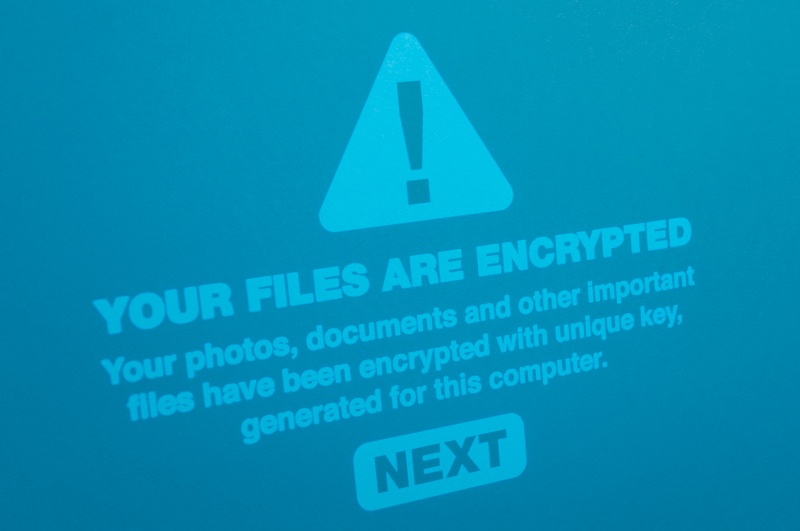2019 saw a rise in ransomware attacks that crippled businesses of all shapes and sizes. With 85% of managed service providers (MSPs) reporting ransomware as the most common malware threat to business owners, it’s time to sit up and take this threat seriously.
During the past year, about 1 in 5 businesses reported that they’d fallen victim to a ransomware attack. In the first half of 2019 alone, 56% of MSPs reported ransomware attacks against their clients, with 15% of MSPs reporting multiple ransomware attacks in a single day.
A huge revenue generator for hackers, ransomware attacks are only going to increase. Here’s what you need to know about ransomware to help protect your business from cyber attack and minimise potential damage.
Ransomware Explained
Ransomware is a type of malware that restricts access to your data or systems until a ransom is paid. The malware is most commonly delivered through phishing emails, where a malicious link is inserted in an otherwise innocuous email to give hackers access to your systems.
Once the link is activated, hackers use a variety of methods to lock your data and hold it for ransom, such as encryption, hijacking data or fundamentally changing the format of files. Even if the ransom is paid, there’s no guarantee that hackers will unlock your files after receiving payment.
And, the average ransom demanded by hackers is increasing. MSPs report the average requested ransom for small to medium businesses is around $5,900, a figure that is growing by 37%, year-on-year.
Ransomware in Action
In today’s interconnected world, we’re all vulnerable to cyber attack and one click could bring your entire business to a standstill. Depending on the type of attack, your business could experience loss of access to critical files right through to total communication shutdown.
The effects are far-reaching for you, your stakeholders and your customers. Your customers may not be able to order online or contact you. Your stakeholders may be unable to access critical information. Your business may not be able to operate without vital systems.
A ransomware attack can literally cripple your business.
Costs of Ransomware
Aside from the cost of paying the ransom, there are other costs associated with a ransomware attack. Nearly half of the MSPs who responded to the Datto Global State of the Channel Ransomware Report stated their clients experienced business-threatening downtime following a cyber attack.
There are a host of costs for affected businesses, including the cost of discovering the malware, getting it out of business systems and notifying customers and stakeholders. There’s also the cost of lost sales, reduced productivity, decreased trust and downtime.
In fact, downtime costs are increasing by 200% year-on-year. According to Datto, the cost of downtime following a ransomware attack is now 23 times greater than the average ransom requested in 2019. No-one can afford to underestimate the costs of ransomware.
How to Protect Your Business from Ransomware
Unfortunately, there’s no way to completely avoid a ransomware attack. Increasingly complex and sophisticated approaches make it impossible for businesses to be in a position to defend against every attack. However, there are ways you can protect your business from the worst impacts of malware and boost your chances of limiting costs and downtime:
- Boost your cybersecurity with antivirus and email filters
- Train staff on cybersecurity measures (passwords, access, processes)
- Limit data and systems access where possible
- Review endpoints, including employee and guest WiFi access
- Monitor and review contractor access to systems
- Keep up to date with regulations and compliance mandates
- Outsource your IT support to specialists in cybersecurity
- Review backup and recovery strategies
- Update your systems regularly
Are you ready to improve your response to a ransomware attack? Trouble Free Computing Solutions can help protect your business from malware, reduce potential downtime and take care of your IT support needs. Call us on (02) 4911 9072 or contact us online to find out more.

